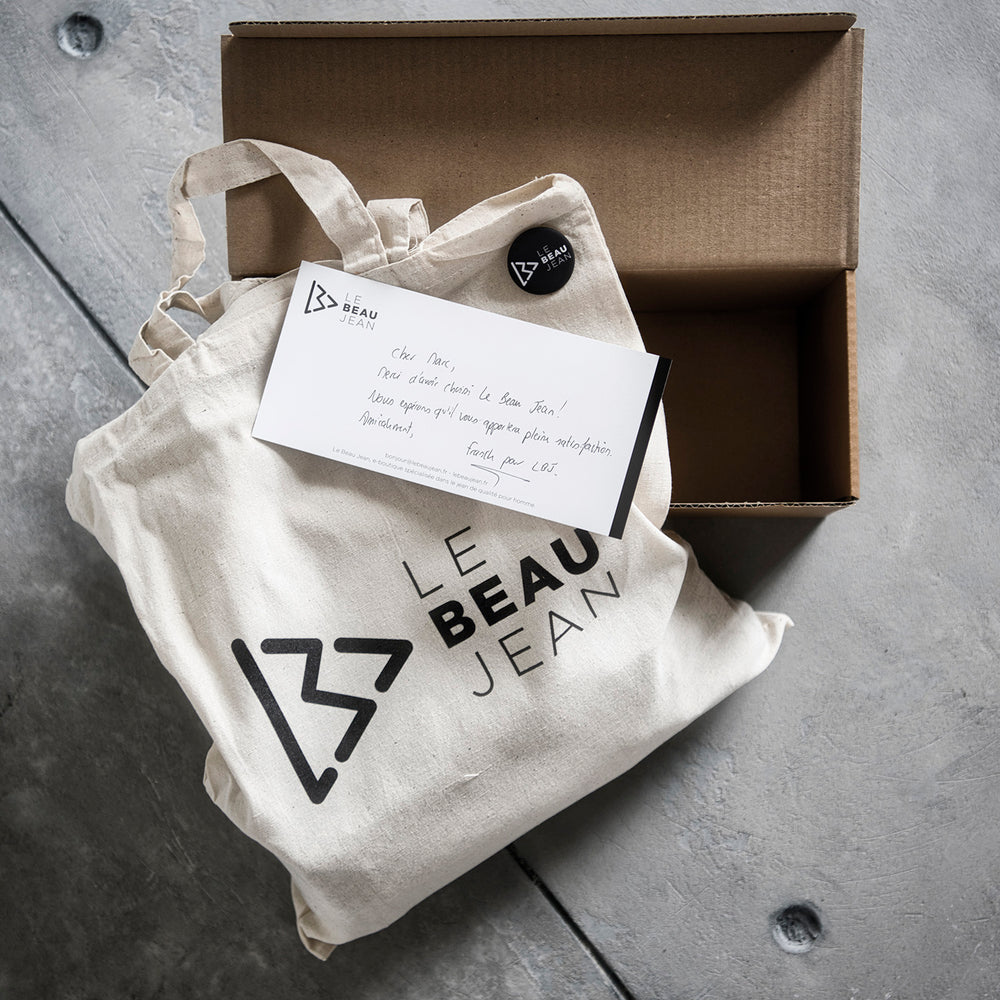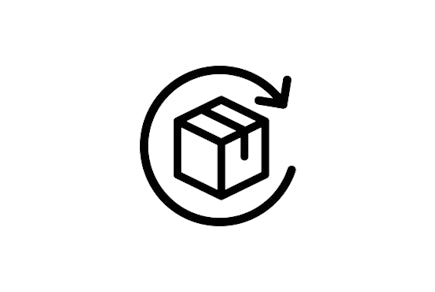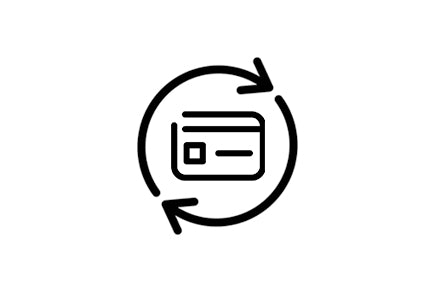At Le Beau Jean, we create beautiful things—but never at the expense of the planet. Since our beginnings, our ambition has been clear: to offer sustainable clothing, carefully designed to fit well, in a transparent and responsible manner.
But what is the real impact of our products on the environment? To answer this question rigorously, we commissioned Lucioles Conseil to conduct a comprehensive Life Cycle Assessment (LCA) of three of our iconic pieces. This study, co-financed by ADEME, is part of our commitment to continuous improvement.

Contrasting results, rich in lessons
The study reveals significant differences between models in the environmental cost of clothing calculated by the government tool Ecobalyse :
- Jeans: 2,578 points for 800 g (or 322 points/100 g), despite the use of organic cotton. It should be noted that the study focused on the Mid Blue model: this is the one that has been washed the longest and therefore has the greatest impact. The Raw model, which is simply rinsed, should have a better rating, but the Ecobalyse tool does not yet allow for this level of detail.
- Chinos: 2,875 points, the lightest at 700 g (or 411 pts/100 g), but also the most impactful, mainly due to the use of conventional cotton. Our chinos are dyed after manufacture. We have calculated the figures for the Navy model, and they can be applied to all three colors of our chinos.
- Selvedge: 2186 points, although the heaviest at 900 g (or 243 pts/100 g), but the least impactful of the three thanks to European manufacturing and a lower carbon energy mix. As with Raw jeans, our Selvedge was simply rinsed after manufacture, but the Ecobalyse tool requires a wash to be selected, which penalizes its score.
Over their entire life cycle, our pants emit between 12.5 kg and 16.7 kg CO₂ equivalent, that is approximately a car journey of 57 to 77 km:
- Jeans → 16.64 kg CO₂ eq. Woven in Türkiye and made in Tunisia, with 3% elastane for greater comfort, and especially the energy cost of washing.
- Chino → 12.59 kg CO₂ eq. Yarns from Pakistan, woven in Italy, made in Tunisia. Clean silhouette, but longer journey.
- Selvedge → 12.76 kg CO₂ eq. Italian fabric, French manufacturing. A more localized model with a controlled impact.

Our identified levers for improvement
To reduce the environmental impact of our products, several concrete avenues have been explored:
- Replacing conventional cotton with linen → Up to 30% less impact on raw materials. However, we can't imagine jeans made from anything other than cotton, a linen pant will never be a pair of jeans. We're looking into chinos!
- Eliminate elastane → Fewer microfibers, fewer oil-related emissions. Solutions are beginning to emerge, but they don't yet offer the same comfort and durability. To be followed!
- Relocating manufacturing to France → Less transportation, supporting the local economy, lower-carbon energy. We've started our transition! All that's left is to find the skills we need at a reasonable cost for our customers.
- Optimize manufacturing losses → Reduce textile waste to less than 10%. This can be achieved through better patternmaking. However, we already have a fairly low rate; only increasing volume will allow us to do better. We're counting on you!
- Improving the durability of trousers → The basic assumption is 23 washes for jeans or chinos and 70 days of wear. This means that we are at the peak of the authorized calculation parameters with 33 maintenance cycles and 102 days of wear, remaining well below the real lifespan of our trousers!
Some of these avenues are already being implemented, while others require economic and technical trade-offs. But our goal remains unchanged: to create beautiful, sustainable, and responsible clothing, with complete transparency.

A lasting and transparent commitment
At Le Beau Jean, we believe that sustainability isn't just about the strength of a garment. It's also about how it's designed, produced, and used. This study allows us to validate our choices while highlighting our areas for improvement. Thanks to it, we'll soon be able to integrate official environmental labeling onto our product pages. We're not pretending: every seam counts, and so does every gram of CO₂ saved.
Thank you for being part of this textile adventure, resolutely beautiful and responsible.
This study was funded by ADEME as part of TEXHABI.
Articles that may interest you
- Le Beau Jean takes responsibility
- Recycling or upcycling: which route should you choose for sustainable trousers?
- Le Beau Jean and Corporate Social Responsibility
- A story of jeans
Subscribe to our newsletter to be the first to know about our latest news:













